Training for a triathlon? I can help you to improve your performance and prevent injuries.
The competition level of a triathlon is so intense that there is very little of the body that is spared. However, whether its swimming, cycling or running, the majority of the punishment and stress is focused on your legs and arms.
Remember that muscular tension or joint misalignment will affect your performance. Click HERE to book your Deep Tissue | Sport Specific Treatment
Common Triathlon Injuries
Training for, and competing in a triathlon requires hours of rigorous exercise and practice. One of the most common problems associated with the sport of triathlon is overtraining, or not giving your body the rest it requires to stay fit, healthy and injury free. Another major concern, during training and competition, is dehydration and exhaustion. It is far too easy to tire out and forget to keep yourself hydrated because there are no real rest breaks during the race, simply transitions from one phase to another. You are literally going from one race to another with very little time to catch your breath, let alone be able to drink enough water to keep you safely hydrated. That being said, common injuries include muscle strains, muscle cramps, torn ACL, repetitive strain injuries like rotator cuff tears, sprained ankles, and fall-related breaks, cuts and bruises. If you are suffering from heat exhaustion, your balance and vision may be affected, and you can easily trip or stumble while running or fall off of your cycle. A triathlon is hands-down the most strenuous sport in the world, and the list of potential injuries reflects that.
Remember that muscular tension or joint misalignment will affect your performance. Click HERE to book your Deep Tissue | Sport Specific Treatment
Injury Prevention Strategies
The best prevention tip of all is to be as fit, flexible and strong as you can possibly be, before even beginning to train for this type of competition. Strength training for endurance purposes, combined with aerobic and cardiovascular training is also recommended. At some point in your training, it is recommended that you add sprint training in all three phases of the competition, to build up strength and endurance in swimming, cycling and running. Top tips to reduce the risk of injuries during triathlon training and competition.
-
- Cool Down: Allow an adequate cool-down period and perform after training or competition stretching.
- Footwear: The majority of the punishment during the running phase of the race will fall on your feet, and the proper footwear can often mean the difference between running injury-free or annoying lower leg injuries. Read More About Footwear
- Gear: You simply have to have the proper gear for every phase of the sport, including a quality cycle helmet and protective eyewear. The importance of maintaining your bike must also be a priority.
- Rest: After training, you need rest, period. Making sure that you get enough “downtime” and sleep every day, not only on training days, will ensure that your body will adapt to the physical training quicker, and reduces the risk of injuring yourself before you get the chance to compete.
- Stay Hydrated: Stay well hydrated by drinking water every 20-30 minutes even if you do not feel thirsty. Dehydration leads to fatigue, nausea, and disorientation, all factors that can result in falls and spills.
- Strength & Conditioning: Strength training leads to reduced potential for injury as it increases the strength of the muscles as well as that of the supporting joints and tendons. Agility training is particularly helpful to the triathlete as it works to improve the ability of the body to quickly adapt to a change in direction, motion and velocity.
- Stretching: Stiff joints and muscles will ultimately lead to injured joints and muscles so improving the flexibility of the body will also work to decrease the likelihood of injury. Stretching is a key ingredient to any warm-up routine and plays an important role in improving flexibility as it increases the range of motion in joints and the elasticity of muscles.
- Training Aids: Braces and supports can be very beneficial if you have a history of repetitive injuries. Any known weak area of your body should be protected and supported throughout training and competition, especially the joints.
- Warm Up: Always warm up properly prior to training and especially in competition.
Remember that muscular tension or joint misalignment will affect your performance. Click HERE to book your Deep Tissue | Sport Specific Treatment at my priviate studio, S18 Old Bakery Studios, Malpas Rd, Truro. TR1 1QH. UK

